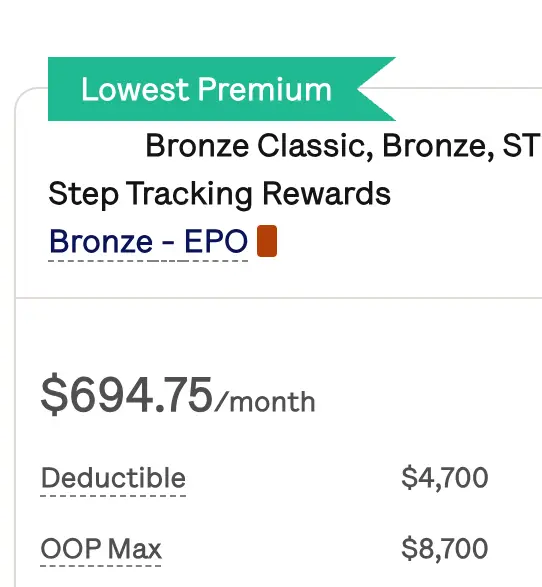How Does Telemedicine Work?
Telemedicine is a means of practicing medicine using technology, allowing patients to receive care without leaving their homes. Telemedicine is oftentimes used for basic care like dermatology, psychotherapy, colds, flu, sore throats, and more. The cost of telemedicine is often more affordable than traditional care, but not all illnesses can be diagnosed remotely.
While telemedicine can be convenient for certain situations, it does not replace in-person care. Urgent care can also be an affordable way to receive care, especially as a Mira member. Mira members get low-cost urgent care visits, affordable lab testing, and discounted prescriptions at up to 80% off. Sign up today and find an urgent care center near you.
How Telemedicine Works
Telemedicine allows you to communicate with your healthcare provider without physically going to an office. By doing this, you would communicate using real-time video-chat, text messaging, emailing, and video and phone calls. It’s a great way to diagnose common illnesses to get medicine, like antibiotics, to patients faster.
While this is a great method to diagnose routine illnesses, less common illnesses still typically require a visit to a local facility. Physicians can’t diagnose many illnesses through technology because they may need to run some lab tests before knowing exactly what is ailing the patient.
Different Types of Telemedicine
There are different types of telemedicine based on the care you need. Let’s take a look at each type of telemedicine to see what type of treatment each is right for:
- Interactive medicine: This is known as “live telemedicine,” where physicians and patients communicate in real-time, like video calls. This is what most people think of when they talk about telemedicine.
- Remote patient monitoring: This provides Caregivers who monitor patients who use mobile medical equipment the ability to collect data on important stats such as blood pressure, blood sugar levels, or more.
- Condition management: For patients with chronic conditions such as diabetes or migraines, your provider can monitor you and your symptoms remotely.
- Store and forward: Providers can share a patient’s health information with other healthcare professionals or specialists when appropriate.
When to Use Telemedicine
Telemedicine is not to be used in any given medical situation, such as emergencies. Any medical needs that require immediate, hands-on care should be addressed in person. Telemedicine is beneficial for simple or non-immediate issues, as well as follow-up visits or after-care needs.
Determining When to Use Telemedicine
This chart can help you determine when to use telemedicine and when to seek in-person care:
| Medical Concern | Can use telemedicine | Seek in-person care |
|---|---|---|
| Sore throat | ✔ | |
| Infected wound | ✔ | |
| Broken bone | ✔ | |
| Deep wound | ✔ | |
| Cold or flu symptoms | ✔ | |
| Chest pain | ✔ |

Get affordable doctor copay without paying insurance premiums
Join 39,000 people and get Mira, the best alternative to traditional insurance. Enroll and use immediately. Plans start at only $45/mo.
Alyssa is a Senior Marketing Associate & Content Writer at Mira. She is passionate about educating others on how to affordably access healthcare.
